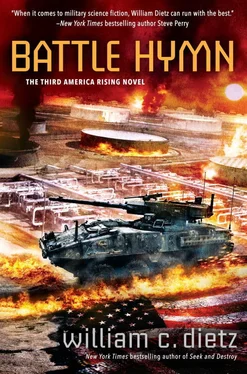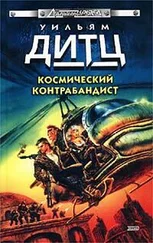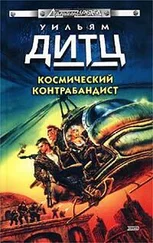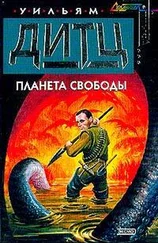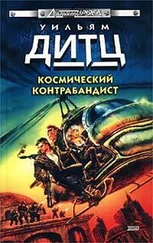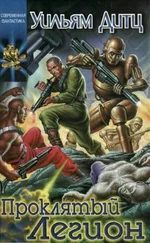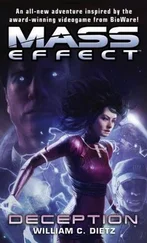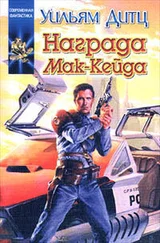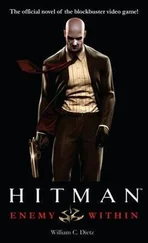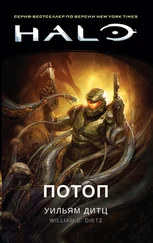As for Sloan’s willingness to take her on a date, even as Union forces sought to murder her father, that was appalling. Fortunately, he had the stones to admit it. Could she forgive him? Yes, no, maybe. It didn’t matter. When Mac tried to visualize the future, there was nothing to see. Everything beyond Hackberry was blank. Mac tore the letter into tiny pieces and dumped them into a wastepaper basket.
The next two days were spent getting ready. And there were multiple issues to resolve. A soldier named Harkin had gone AWOL. Would he wind up in reb hands? And would he spill his guts? If he did, the enemy could be waiting when the battalion landed. The MPs were looking for him. All Mac could do was hope.
Then there was the need for antiaircraft weapons. The battalion would have air cover on the way in. And Mac could call for more. But the air force was stretched thin and wouldn’t be able to fly CAPs over Hackberry twenty-four/seven. That’s why Mac had requested, and been granted, thirty FIM-92A man-portable launchers, with ten missiles each. But the weapons were sitting in a warehouse located fifteen miles away. Mac ordered Captain Munson to round up some trucks and go get them.
Finally, there was the issue of the Stryker that was generally referred to as the HANGAR QUEEN. It was a miserable piece of shit, which, no matter how much work the techs put into it, always broke down a few days later. No way in hell was Mac going to take the QUEENinto combat. And she needed to replace the vic that had been totaled on the final day of training as well.
Unfortunately, Supply Officer Wendy Wu hadn’t been able to find any replacement vehicles. But after some hurried research, Mac discovered that two Marine Corps LAV-25s were available. And, having commanded some LAVs during the battle at the Choctaw Reserve, Mac knew how devastating the jarhead 25mm chain guns could be.
With support from Commander Trenton, Mac was able to requisition the vics and talk the Marine Corps out of a qualified wrench turner. And because the LAVs were very similar to Strykers, Mac’s personnel would be able to crew them.
Finally, having done all that she could, Mac hit the sack. She didn’t think sleep would come, but it did—and the alarm woke her four hours later.
Mac hadn’t found the time to fill out a last will and testament, but it didn’t matter. She had some money in the bank but no one to leave it to. As for packing her personal belongings, well, that would be the same as declaring herself dead. So she went to breakfast instead.
After finishing the meal, Mac went outside to peer up at the sky. She saw the usual high haze, but visibility was reasonably good, and that was critical.
Odds were that the rebs were watching from space, and Mac could imagine what they were thinking. Why were so many C-150s gathered in one place? What were the Yankees up to? But the possibilities were endless. And, now that Private Harkin was in custody, Mac felt better knowing that she would have the advantage of surprise.
Soldiers dashed from place to place as they ran last-minute errands, engines thundered as the Hercs taxied into position, and jet fighters circled high above.
Captain Munson had responsibility for the loadout—and he assured Mac that everything was proceeding smoothly. Mac thanked him and made a show of strolling over to the lead plane. Then, after surrendering her ceramic coffee cup to a member of the ground crew, Mac walked up the ramp. Duke held Mac’s TAC vest up for her to inspect. “Good morning, ma’am. I took the liberty of adding four candy bars to your loadout.”
Mac grinned as Duke lowered the vest into place. “Thanks, Corporal… That’s the kind of ammo I need. Is everybody on board? Good. Pass the word to the cockpit. Let’s roll.”
The flight from New Orleans to the drop zone was scheduled to take thirty minutes. Rather than force everyone to remain inside their tightly packed vehicles, Mac’s soldiers had been authorized to sit outside for the first half of the flight. Did Mac’s claustrophobia have something to do with that? Hell yes, it did.
Mac was seated in front of the ESV called LITTLE TOOTwith her back to the port-side bulkhead as the Herc rolled down the runway and lumbered into the air. Mac felt sleepy even though her adrenaline was pumping, and she knew that it was a reaction to her fear. Then her ears popped, and she wanted to pee.
It was important to look confident even if she wasn’t. So Mac removed a fingernail file from one of her pockets and began to file her nails. Would that produce a story? Something that would burnish the legend? “There she was,” one of the others might say, “doing her nails while we flew into enemy territory.”
Or, would they notice that her hands were trembling? And tell their friends about that? At least she hadn’t peed herself. Not yet, anyway.
Suddenly, it was time to release the seat belt and follow the rest of the team into the Stryker. Rather than a squad of infantry, the ESV was going in with Mac, her RTO, an air force JTAC (Joint Terminal Attack Controller), her assistant, a medic, a mechanic, two machine gunners, and the Stryker’s two-person crew. Ten people in all. Captain Munson was on plane five. The hope was that at least one of them would survive the landing.
Even though Mac couldn’t see what was taking place outside the plane, Duke had a headset on and delivered a stream of reports. “Our F-35s are keeping the reb fighters at bay,” Duke announced. “There’s no AA fire yet… We’re a minute out… Stand by… Here we go!”
Mac felt a violent jerk as the extraction chute snatched the Stryker out of the cargo bay. One of the gunners swore as LITTLE TOOTentered a brief moment of free fall. The Stryker hit hard. The ESV’s shock absorbers helped to cushion the blow, as did the foam squares that they were sitting on. “Now, now, now!” the TC yelled, and that was Mac’s cue to release her harness.
The gunners surged up through the hatches first so they could provide covering fire should that be necessary. They were followed by Mac, the air force JTAC, her assistant, and the medic, each one of whom was expected to flip one of the quick-release latches that secured LITTLE TOOTto the platform it sat on.
As Mac scrambled up and out, she was painfully aware of the fact that the next Herc was lining up on the LZ by then. Highway 390 ran east and west. It was straight as an arrow, with nothing more than low scrub bordering it to the north and south.
Mac rolled off the vic, landed on her feet, and went straight to the red-colored release. A single jerk was enough to do the trick. Every soldier was wearing a boom mike and a TAC radio. “Hook one is clear,” Mac announced. “Over.” And so it went until all four had been released.
LITTLE TOOT’s TC was a corporal named Olson, or Ollie to her friends, and she knew what to do next. Once her machine was free, Ollie gunned the engine and drove the ESV off the highway and into the neighboring field.
Once the vic cleared the road, it was time for the team to grab one side of the platform and lift it up. A set of built-in wheels allowed them to push it off the road.
What ensued could only be described as organized chaos. Engines roared as a succession of C-150s swooped in over the road. There was a loud bang as each platform hit, usually followed by a screech, and shouting.
In the meantime, air force JTAC Lieutenant Cassie Cassidy was standing atop the LITTLE TOOTtalking into a boom mike. “You’re too high, Bad Dog… That’s better… Hit the gas, Surfer Girl… Bad Dog is right behind you.” And so forth, as the Hercs made their runs.
Читать дальше
